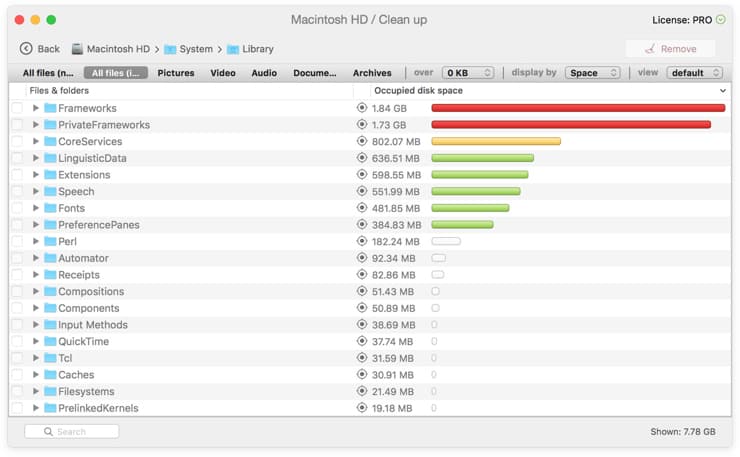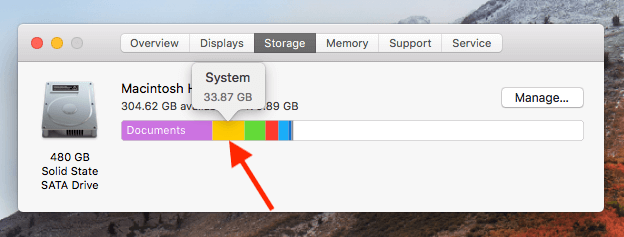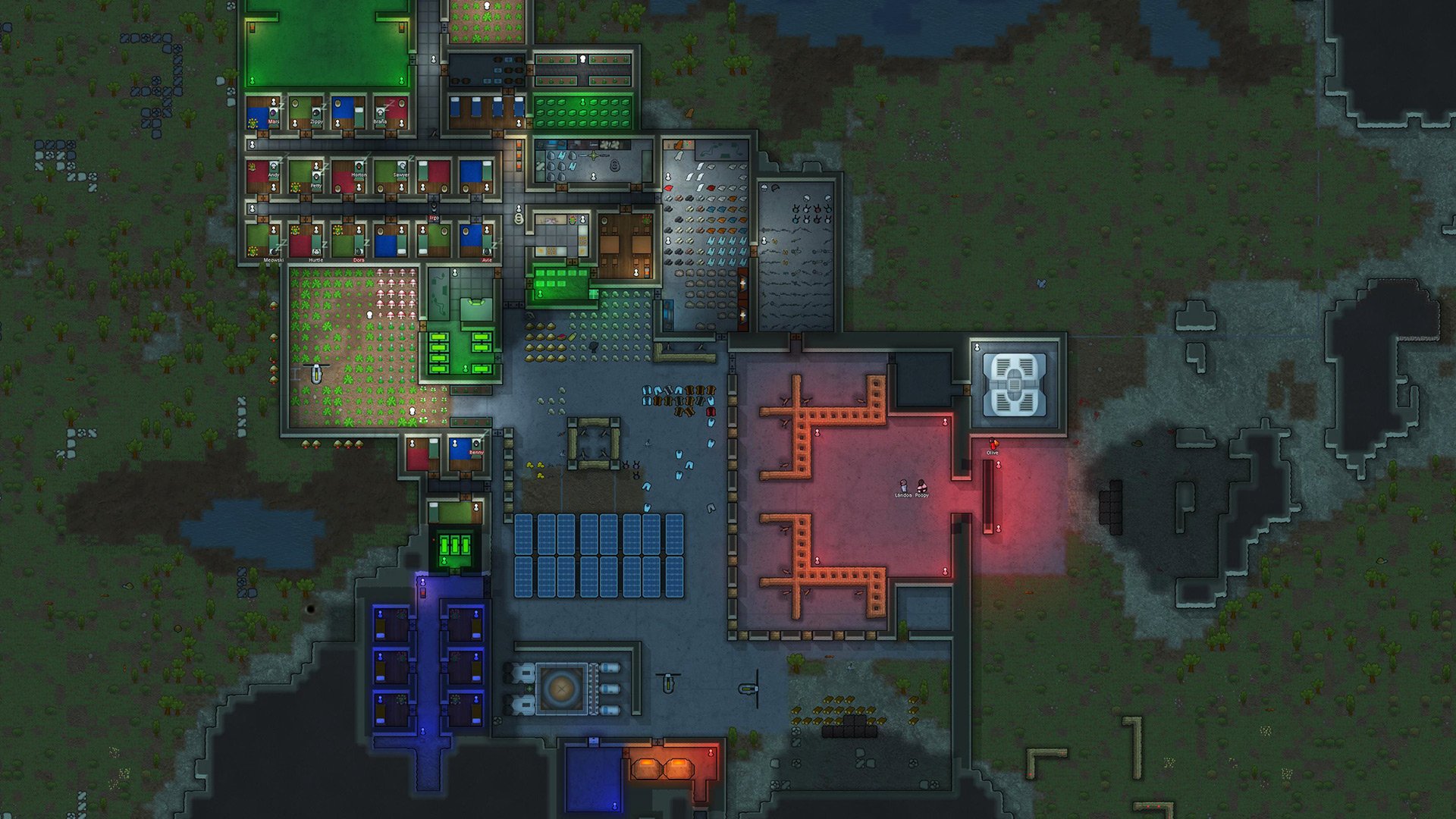This is a bit suspicious as users don’t know the files System folder contains. So, before we learn about the Mac system storage cleanup tool, it is essential that we figure out the System Storage. Then, we will introduce the users to the best Mac system storage cleanup tool.
Windows
Check the storage usage in your Mac. Choose About This Mac from the Apple () menu, then click. System storage can occupy tens of gigabytes of space on your Mac for Time Machine backups and cache files. It should be managed by macOS so you’re never short of space. But if you want to do a system storage cleanup, or just free up more space on your Mac, give CleanMyMac X a go. You might be surprised by how much space you get back.

Acronis True Image can be removed via Add or Remove programs (Start -> Control Panel) for Windows XP or Program and Features (Start -> Control Panel) for Windows Vista and Windows 7/8/10.
You can also uninstall the product using the EXE installation file: run the installation file of the product that you want to uninstall and select the option Uninstall:
If the product fails to be removed using the above methods, then the Cleanup Utility can be used to uninstall it.

Solution
As a precautionary measure, prior to using the Cleanup Utility, we highly recommend that necessary backup measures be taken to preserve your data. This can be done using Acronis software or third party software and/or hardware.
(!) If you have Acronis Startup Recovery Manager activated, please deactivate it before using the Cleanup Utility:
- Click Start -> Acronis Startup Recovery Manager
- Click Deactivate:
(!) New driver for mac. The utility does not remove Acronis Secure Zone. If you have Acronis Secure Zone, please remove before using the Cleanup Utility:

- Click Start -> ManageAcronis Secure Zone or go to Tools -> Acronis Secure Zone in Acronis True Image interface
- Select Remove:
(!) If you have other Acronis products installed, the utility will damage their installation.
(!) Make sure Acronis True Image is closed, before starting with the Cleanup Utility.
- Download Cleanup Utility and run it.
- Press 2 on the keyboard and then press Enter:
- Type in y and hit Enter:
- When asked to terminate Windows Explorer type in y and hit Enter:
- You will be also asked to reboot the system to complete the uninstallation. Do not reboot the machine immediately (press 'n'). Do the following first:
- Go to Start -> Run -> regedit
- Navigate to HKEY_LOCAL_MACHINESYSTEMCurrentControlSetControlClass{4D36E967-E325-11CE-BFC1-08002BE10318}
- Click on the key
- Locate UpperFilters or LowerFilters (if present)
- Check for snapman*, tdrpman*, fltsrv, timounter strings:
- If there are snapman*, tdrpman*, fltsrv, timounter strings, remove the strings from the UpperFilters and LowerFilters: double-click on the UpperFilters/LowerFilters and delete the strings:
(!) Do not delete the HKEY_LOCAL_MACHINESYSTEMCurrentControlSetControlClass{4D36E967-E325-11CE-BFC1-08002BE10318} key. - Navigate to HKEY_LOCAL_MACHINESYSTEMCurrentControlSetControlClass{71A27CDD-812A-11D0-BEC7-08002BE2092F}, check for snapman*, tdrpman*, fltsrv, timounter strings and remove the strings from the UpperFilters and LowerFilters if they are present. (!) Do not delete the key!
- Now you may reboot the machine.
Mac
Acronis True Image application can usually be removed by dragging it to the Trash. If you need to remove all the traces of the application, follow the steps below:

Mac System Storage Cleanup Service

- Make sure you are logged in as a user with administrative privileges.
- Download and unpack cleanup_tool.zip
- Open the Terminal application (Finder - search for Terminal)
- Change the current directory to the folder with the extracted file, e.g. cd Downloads
- Make the file executable: chmod +x cleanup_tool (alternatively, type chmod +x and drag the file to the Terminal with the mouse)
- Launch the script: sudo./cleanup_tool and press Enter.
Mac Disk Cleanup
Tags:
